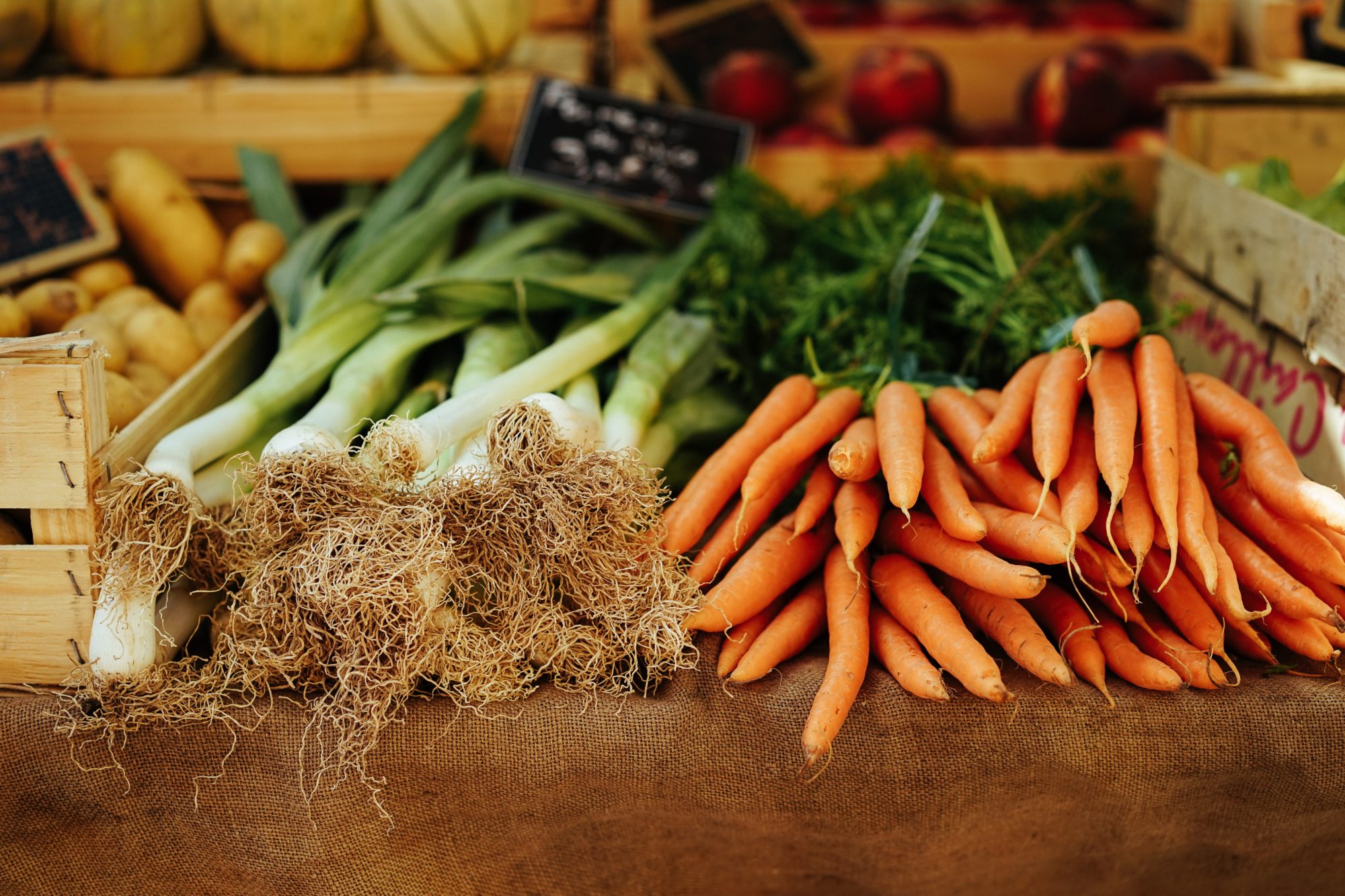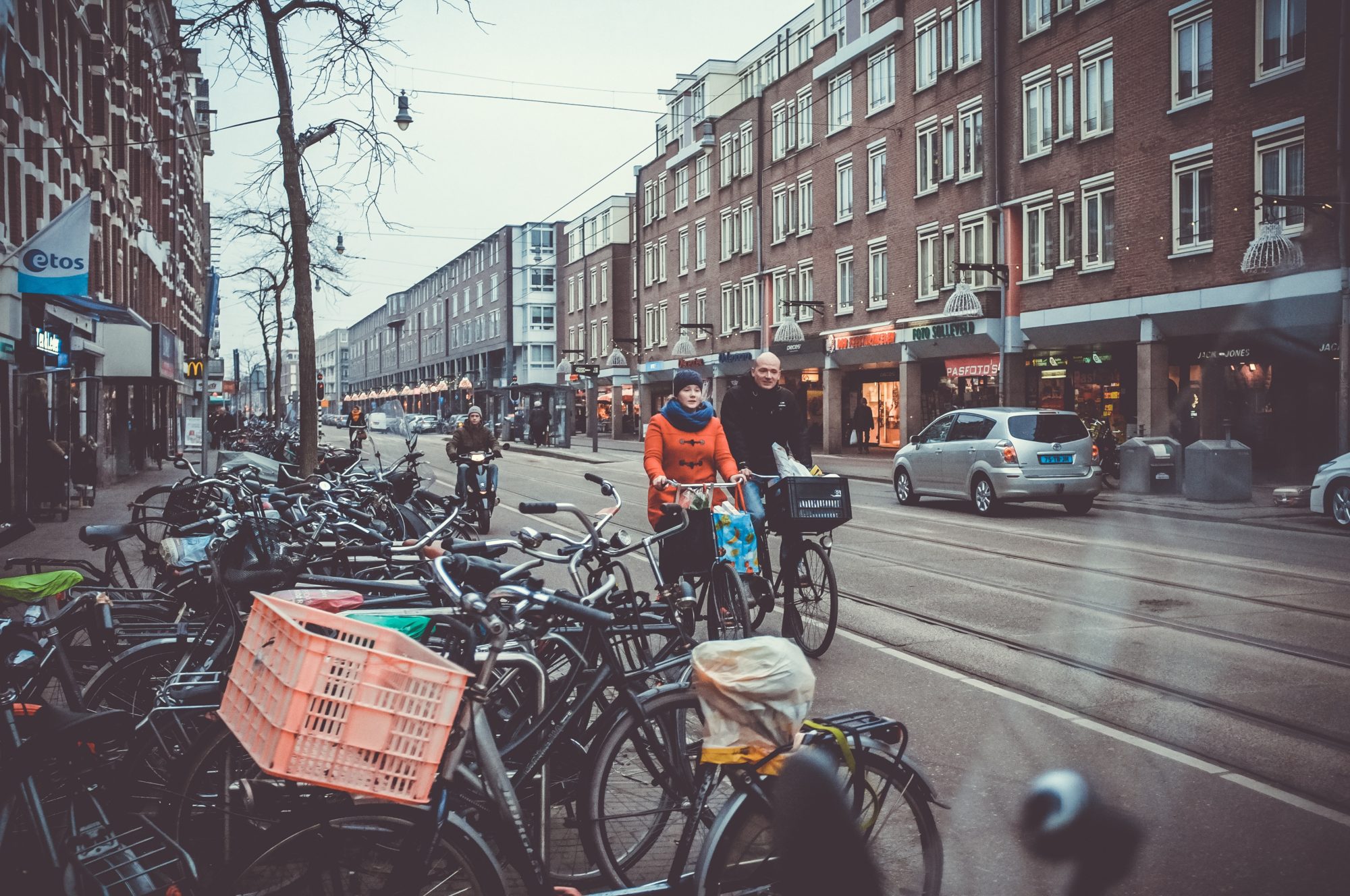News
8 Tips to Buy Groceries in an Environmentally Friendly Way

Did you know that you can reduce your energy footprint by almost 50% if you consciously choose environmentally friendly ways to grocery shop? The way we buy and eat food has a large impact on the climate, and in this article, we summarise 8 tips you can follow at home and at the grocery in order to become more environmentally friendly, based on a video released by Naturskyddsforeningen.
Tip 1: Don’t throw away food!
Each household throws away around 20-30% of their food and that totals up to be a lot of food wastage. Actively try to minimize food waste so you do not indirectly waste the energy that went into producing your food.
Tip 2: Buy less meat
Naturally, cattle rearing requires a lot more energy than crops to produce, due to their need for food. This food is often imported, such as soy or palm oil, and this affects the environment where it was grown. Cattle rearing also requires large spaces for the cattle graze and have a comfortable living environment, which also affects the climate more if we compare it to the same space being used for crop cultivation.
Tip 3: Buy root vegetables
Carrots, onions and cabbage, you name it. Root vegetables are great for the environment because they do not normally need to be imported, they have a long growing season, and with proper storage, they last even longer.
Tip 4: Eat vegetarian at least twice a week, if you are not a vegetarian already
Vegetarian food is the best for the environment because it uses the least amount of energy to produce.
Tip 5: Use reusable bags
Reuse, reduce, recycle! We all know a lot of energy goes into producing those convenient plastic bags we find at grocery stores, but resist the temptation to use them! Simply bring a backpack or small, foldable tote bag with you wherever you go – both seen in this photo from our Biodiversity day last year.
Tip 6: Bike/walk instead of taking the car
The inconvenience that is caused by these methods of transportation (bike/walk) is that you are probably unable to carry all your groceries at once. Hence, it is advised to make small but frequent trips to the grocery store instead of weekly trips that are often larger.
Tip 7: Buy more ecological food
Ecological farming, or organic farming, is the most respectful of wildlife because it produces a lower pollution of aerosols and polluting waste. It also produces less carbon dioxide and is generally healthier for us.
Tip 8: Buy locally produced food
The example given in the video is that an apple that has been aeroplane-transported into Sweden and sold in our grocery stores is a hundred times worse in its carbon footprint than a locally produced Swedish apple is. We’ll let the example speak for itself.
Here is the link to the video that summarises the tips written above. Unfortunately, it is only in Swedish.
Changing out old habits – or convenience for that matter- is never easy, but together, the Growgbg community can encourage one another and provide a safe space to do so. Share your love for the planet by sharing this article! #growgbg.
With Love,
Growgbg team.






